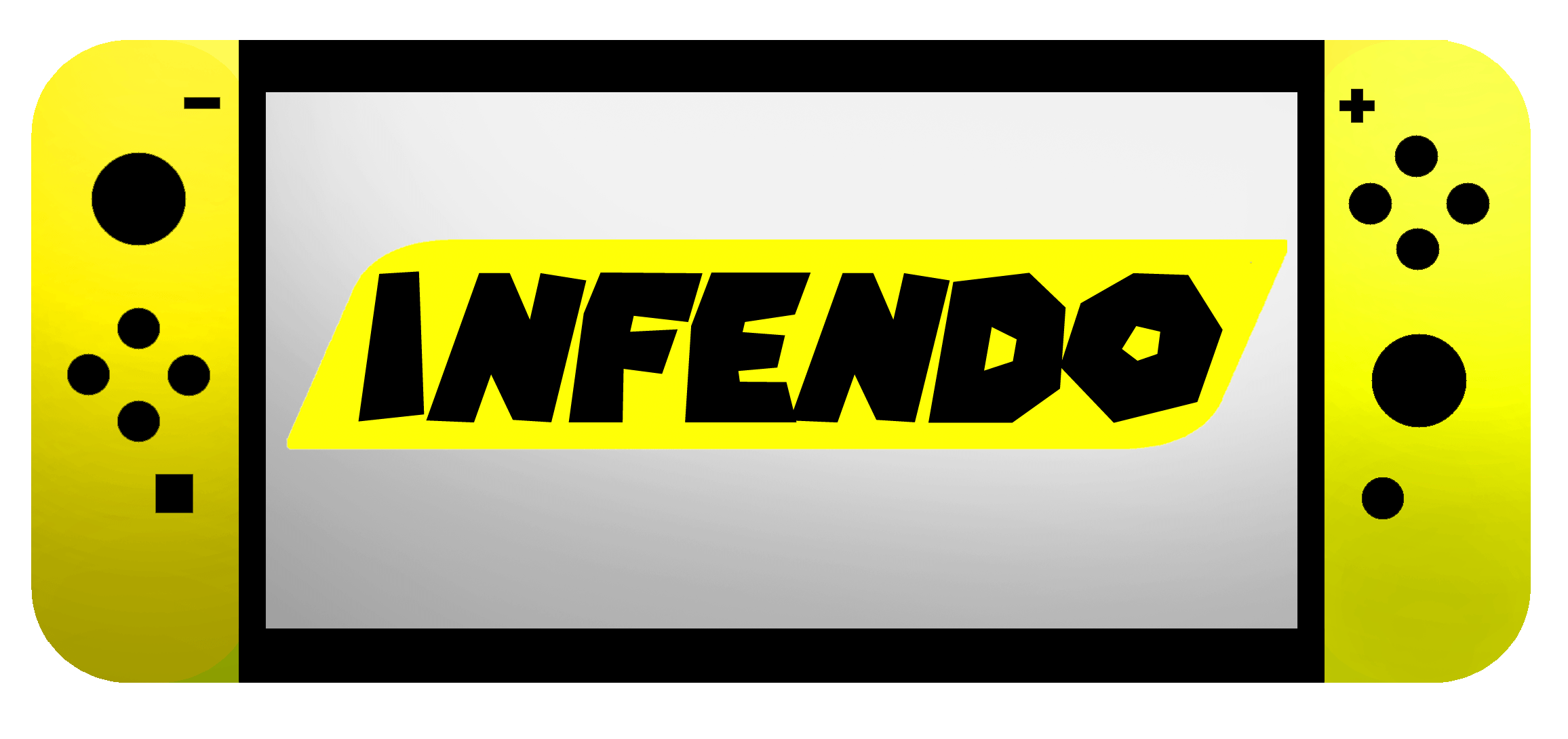 When Nintendo sets out to make a Zelda title, there are always high expectations even before a single line of code is written. There are few games that have the legacy of the Zelda franchise, and even fewer still outside of Nintendo. Because of this, The Legend of Zelda is always in the limelight and is always held to a higher standard than any other video game around. With the release of Skyward Sword coming five years after the previous console iteration and two years after Spirit Tracks, gamers have been vociferating there demands for another adventure, and after finishing the game in its entirety I can say that Nintendo has once again delivered.
When Nintendo sets out to make a Zelda title, there are always high expectations even before a single line of code is written. There are few games that have the legacy of the Zelda franchise, and even fewer still outside of Nintendo. Because of this, The Legend of Zelda is always in the limelight and is always held to a higher standard than any other video game around. With the release of Skyward Sword coming five years after the previous console iteration and two years after Spirit Tracks, gamers have been vociferating there demands for another adventure, and after finishing the game in its entirety I can say that Nintendo has once again delivered.To its credit, Skyward Sword manages to capture the attention of the gamer almost immediately upon its commencement unlike the long winded tutorial found in Twilight Princess. There are no goats to herd or baby cradles to find in this game. In its stead are giant birds to fly and a fantastic city in the sky to explore; and just when you feel like you’ve had enough, the game thrusts you into the dungeon where everything you have learned so far comes into play.
The real beauty of Skyward Sword is just that. Just when the game starts to become routine, the developers will throw a monkey wrench at you that changes up the whole formula just when the game needs a breath of fresh air. While Link’s goal stays the same throughout his entire adventure, I was never really sure what to expect behind each turn because the developers seemingly played on what they knew long time Zelda fans would expect from the franchise, and turned convention on its head. You won’t find any torch lighting puzzles in Skyward Sword, and while you will slide blocks onto switches occasionally, those instances are few and far between.
It’s hard to tell when the overworld stops and the dungeons begin in Skyward Sword because each new section that Link travels to is a dungeon in its own right. The heart of the Zelda franchise has always been with its puzzle solving, so Fujibayashi and his team set out to ostensibly make every portion of the game ripe with fresh puzzles to conquer. While none of the puzzles are so difficult to the point of frustration, you will at times be left scratching your head as to what exactly to do next.
As has been made perfectly clear by the requirement of Wii MotionPlus, the swordplay in Skyward Sword is vastly different from anything any other Zelda, or any other game for that matter, has ever done before. Finally Nintendo has made good on their promise of what Wii was supposed to be when it was first announced at TGS 2005. One to one sword action is finally possible thanks to the fidelity of MotionPlus, and I for one can’t imagine playing another Zelda game without it. Now battling takes timing and accuracy instead of the frantic pressing of a button, and almost every enemy has its own unique weakness that must be exploited using pin-point precision. Each item only adds to the enjoyment to found in the game, and leaves you wondering what will be found next.
Every game has its faults, and I would be remiss not to mention the ones in Skyward Sword. While there are plenty of sidequests apart from the main game to keep any gamer busy for hours on end, outside of Skyloft the sky world feels empty and doesn’t leave much reason to mount your bird other then to travel to the next section of the game. While the swordplay is spot on, other control aspects in the game such as flying and swimming leave a lot to be desired, and it begs the question as to whether there should be an option to switch from MotionPlus control to standard joystick control. The game also contains a game ending glitch that could potentially require a full game reset.
None of these complaints are deal breakers however, and Skyward Sword is definitely a game that should be in every gamers library. Not many games have the distinction of being a console seller, but Skyward Sword is that and then some. I would have no problem advising someone who does not own a Wii to purchase one to play it because the game is just that good. From the breathtaking picturesque visuals, to the brain teasing puzzles, to the fantastic boss battles, Skyward Sword is not only one of the best games on Wii, it should be considered as one of the finest games to be released this generation. Nintendo has outdone themselves once again, and have risen the bar for what to expect in the Zelda series. I for one cannot wait to see what they come up with next. Bring on the Wii U!
